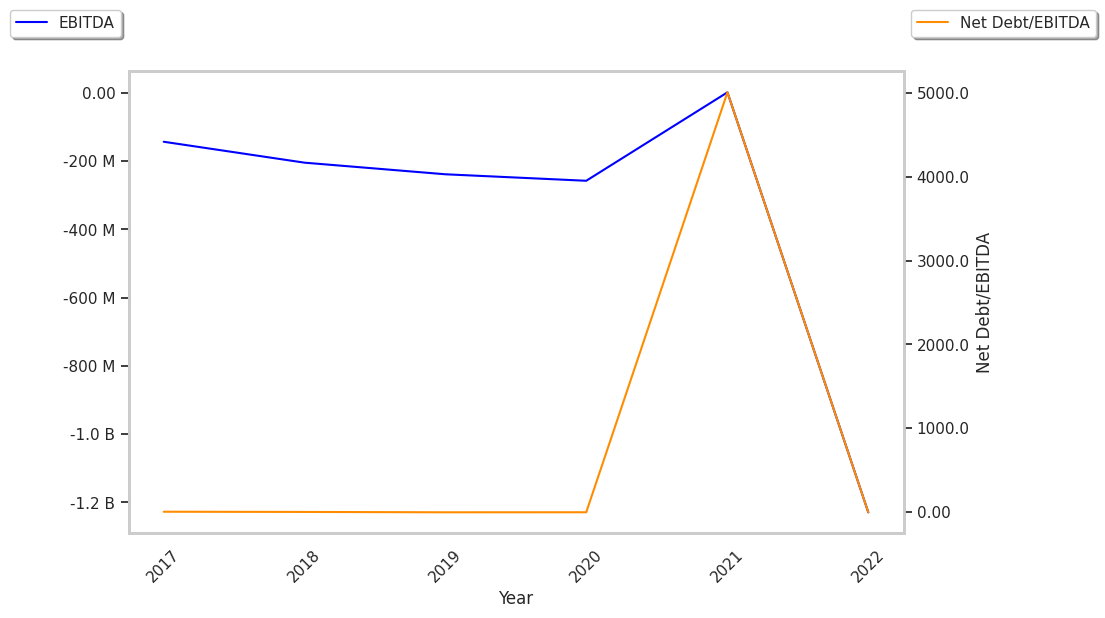It's been a strong day for Carvana. Its shares are now trading at $233.91, marking a 9.3% change since the previous market close. An analyst favorite, the Auto Retail company has a rating of buy. But could the market and the analyst community be overvaluing this stock?
Carvana has a P/E ratio of -11695.5 based on its 12 month trailing earnings per share of $-0.02. Considering its future earnings estimates of $2.35 per share, the stock's forward P/E ratio is 99.5. In comparison, the average P/E ratio of the Consumer Discretionary sector is 22.6 and the average P/E ratio of the S&P 500 is 29.3.
We can also compare the ratio of Carvana's market price to its book value, which gives us the price to book, or P/B ratio. A company's book value refers to its present equity value -- or what is left over when we subtract its liabilities from its assets. CVNA has a P/B ratio of 48.41, with any figure close to or below one indicating a potentially undervalued company.
A comparison of the share price versus company earnings and book value should be balanced by an analysis of the company's ability to pay its liabilities. One popular metric is the Quick Ratio, or Acid Test, which is the company's current assets minus its inventory and prepaid expenses divided by its current liabilities. Carvana's quick ratio is 1.468. Generally speaking, a quick ratio above 1 signifies that the company is able to meet its liabilities.
Next up in our analysis is Carvana's levered free cash flow, which stands at $716.0 Million. This represents the cash that is available to the company after all of its expenses and income are accounted for -- including those that arise outside of its core business activities. This money can be used to re-invest in the business or to payout a dividend. For now, at least, Carvana has chosen the former.
At Market Inference, we will keep monitoring Carvana to see if the analysts were right to recommend the stock despite its valuation issues. We recognize that numbers don't always tell the whole story, and that qualitative factors often set high performing investments apart from the rest.



